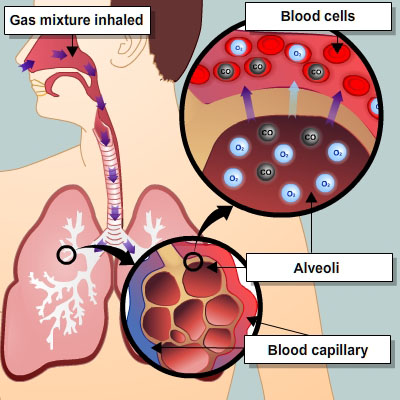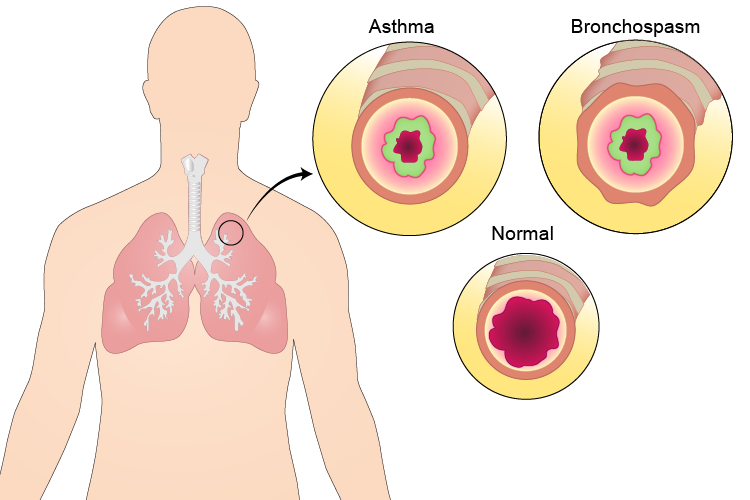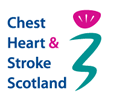First the machine will be set up for the test to make sure it is working properly. The physiologist will explain what you need to do and you can ask any questions.
The test starts with you breathing normally into the machine.
You will be asked to take a bigger breath in then breathe out as far as possible.
Finally a full breath in and hold this breath for 10 seconds before breathing out as far a possible.
This test is repeated at least twice with a 4 minute gap to allow the gas mixture to clear out of the machine.The maximum number of tests is 5.
If you would like to see a video what this test involves, visit the Association for Respiratory Technology and Physiology website.








